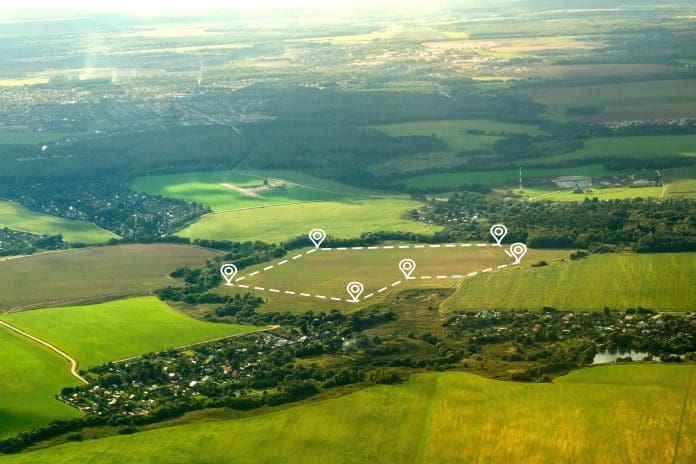In this article, Viral Desai, practice director at AtkinsRéalis, explores what needs to be done to fix the issues faced by the planning system amidst the government’s focus on planning over the political party conference season
Over the political party conference season, the role of the planning system in helping to build the Britain of the future has once again come under scrutiny, with various proposals to fix what is seen as a broken system.
The planning system faces several challenges, as is well documented. A combination of pressing climate, economic and societal issues and trying to please everyone means the planners’ remit has grown out of control.
As a result, we’ve ended up with complex development plans and excessive objectives.
The planning system has been diverted away from its core focus
Planners have become overwhelmed by a system that sees their efforts diverted from the core issues of land use and environmental impact.
This has provoked apathy in the profession and created a tick-box culture with priorities dominated by short-term outputs that are often politically driven. We should be aiming for place-based solutions that are relevant to the communities created or affected by development.
Coined by Richard Rumelt in 2007, the term ‘bad strategy’ covers failure to identify a challenge, the confusion of goals with strategy, fuzzy objectives, and a lack of focus.
Little doubt the business community would describe the planning system as a ‘bad strategy’. As it stands, many of its objectives are unachievable, but because the box has been ticked, this deadlock is tolerated. It’s clear the planning system must change if progress is to be made.
So, how can we turn things around? What does ‘good strategy’ look like, and how can it be embedded it within the planning process?
Planning for place – the diagnostic
We need a place-based approach that carefully assesses and gathers evidence for each locality.
To get to the challenge, planning policy and strategy must be evidence-based and revolve around place and community.
As planners, we must use data and digital tools to delve deep into the strengths and weaknesses of a specific area.
What is it doing well that can be built on? What skills already exist within the workforce and what kinds of industries thrive there?
We must look at the natural capital in the area and determine the best way to work with the environment, driving initiatives for net zero and biodiversity that will actually work in a particular landscape and complement the proposed development.
The lives of communities and the infrastructure, housing, and facilities they need to fulfill their potential must also be properly considered.
Ultimately, we must determine what we are trying to create in a place, starting with a full analysis of an area and its community and taking the time to work out how we can maximize productivity, quality of life, and environment within the relevant context.
Designing achievable outcomes for planning strategy
Once we have analysed the problems and worked out what a place does best, we need to work on designing specific objectives, and guiding policies, and physical interventions that are realistic, measurable, and achievable.
Objectives are nothing without outcomes – and this is perhaps the key to what has been missing from planning strategy in recent years.
As the government moves towards a more outcomes-based model for its environmental, social and economic strategy, so too should the planning system.
We need to establish what success looks like, and create a step-by-step plan of action, setting out exactly what is needed to ensure a successful outcome, and defining how we’ll know when we achieve it.
Selection for success
The process of place-based, outcomes-based objective-setting will instinctively clarify which objectives are most aligned with the needs of the area, its strengths and its socio-economic and environmental circumstances.
This will empower planners to make informed recommendations and prioritise the objectives that will make the biggest difference to the area. Crucially, it will also give us more confidence to dismiss objectives that lack clarity, or that are unlikely to succeed in the given circumstances.
Understanding what success looks like and how we can measure it will drive a more focused approach to objective setting and the whole planning process in general.
What’s more – by working through action plans during objective-setting, we can be confident these objectives are likely to be met, leading to greater margins of success.
How can we deliver planning reform?
This is what good strategy looks like. And good strategy gets results. But there’s a long way to go. Training and development is required, along with joined-up thinking and regional spatial planning, so local areas can deliver the best together.
At a national level, it’s time to step back and reassess what the planning system is actually for, and how it can support social, environmental and economic sustainability.
All this requires sufficient resourcing of planning – which needs buy-in at the highest level. This will enable planners to feel motivated and supported to work as place-makers and give them the power and influence they deserve as integrators of the built environment. At present, the broken system means we often end up with the least-worst solution, rather than the best solution for the place.
A place-based, progressive process with good strategy at its core, and with focused objectives and coherent actions, has the potential to transform the planning system into a forward-thinking enabler for sustainable growth at a time when we need it most.














